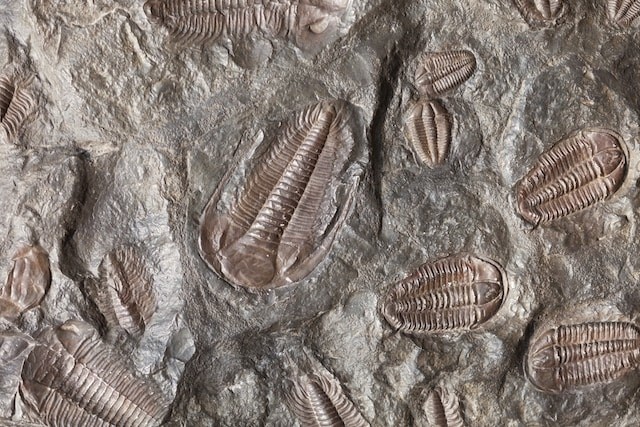A new study challenges the assumption that higher oxygen levels in the Earth's oceans led to the rise of multicellular organisms hundreds of millions of years ago.
Oxygen was not the trigger for Avalon explosion

Researchers from the University of Copenhagen and other institutions challenges the long-held assumption that higher oxygen levels in the Earth's oceans triggered the evolution of multicellular organisms hundreds of millions of years ago, as per Phys.org.
The study, published in the journal Geobiology, showed that oxygen concentrations did not increase significantly when multicellular life began to flourish during the Avalon explosion, a period between 685 and 800 million years ago that preceded the more famous Cambrian explosion.
The researchers analyzed the chemical composition of ancient rock samples from an Omani mountain range, which were once part of the ocean floor.
By measuring the ratios of different isotopes of carbon, sulfur and iron, they were able to estimate the average oxygen levels in the oceans at the time of the Avalon explosion.
They found that oxygen levels remained five to 10 times lower than today, which is roughly how much oxygen there is at twice the height of Mount Everest.
Their measurements provide a good picture of what average oxygen concentrations were in the world's oceans at the time.
They can see that no significant increase in oxygen levels occurred when more sophisticated animals started to evolve and take over the planet.
In fact, there was a slight decrease, said Associate Professor Christian J. Bjerrum, who has been quantifying the conditions surrounding the origin of life for the past 20 years.
Chromium isotopes reveal low oxygen levels when multicellular life emerged
Another study by researchers from the University of California, Riverside, published in the journal Nature Ecology and Evolution, also found that oxygen levels did not increase significantly when multicellular life emerged in the oceans about 1.5 billion years ago, as per ScienceDaily.
The researchers used a novel approach to measure the oxygen levels in ancient seawater by analyzing the isotopes of chromium in sedimentary rocks.
They found that oxygen levels were only about 0.1% of present-day levels, which is much lower than previously thought.
These two studies suggested that oxygen may not be the main driver for the evolution of multicellular life on Earth, and that other factors, such as nutrient availability, environmental stability and ecological interactions, may have played more important roles.
Implications for astrobiology and planetary science
The new study also has implications for astrobiology and planetary science, as it suggested that oxygen may not be a reliable biosignature for detecting complex life on other planets.
Although oxygen is frequently thought of as a vital signal for life on other worlds, our research demonstrates that multicellular life is not always associated with oxygen.
As well as planets with high oxygen levels that only sustain microbial life, Bjerrum suggested that there may be further worlds with low oxygen levels supporting complex creatures.
He added that other factors, such as nutrient availability, environmental stability and ecological interactions, may play more important roles in shaping the diversity and complexity of life on Earth and beyond.
© 2025 NatureWorldNews.com All rights reserved. Do not reproduce without permission.





